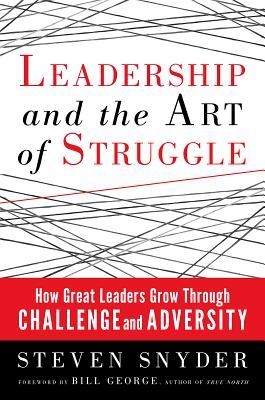

“Dealstorming – The Secret Weapon that Can Solve Your Toughest Sales Strategies” by Tim Sanders (Portfolio/Penguin, $28).
Business-to-business sales have many moving parts. Sales teams must deal with the varying perspectives of contacts, influencers and stakeholders who influence buying decisions. To work with buying teams, you need selling teams capable of addressing sales from multiple viewpoints.
Sanders relates the four C’s of sales (contact, conceive, convince, contract) in the context of a team-selling effort.
Here’s a snapshot of each:
Contact: When identifying contacts, look beyond the initial touchstone; check the prospect’s website for others who may have a stake in the buy. Search LinkedIn and use Google to find information. Use your internal staff members, too, because they may know someone who knows someone — particularly if they’re active in professional associations. Connect as many networking dots as you can.
Conceive: Network within the prospect’s industry to learn about its business (e.g. history, competitive position, strategy, etc.) to identify the potential pain points that your solution could address. With this information and knowledge of your product/potential solution, engage the prospect’s contacts to confirm what your homework uncovered.
If the prospect has begun solution-finding, determine where it’s at in the process and the research it has done. Use this information to hone your pitch — including features and benefits, which create pricing flexibility.
Convince: Showing the prospect that your solution reduces costs or increases efficiency may not be enough. With multiple perspectives in play, there will always be questions about probability and uncertainty — especially because any solution requires prospects to change processes.
Selling change can also be difficult because its implementation costs are difficult to assess. Pointing out the costs of delaying a decision (i.e. the prospect hesitates and holds back) usually resonates with those involved in the buy decision.
Contract: Negotiating terms involves “fitting” the way you and the prospect do business. There will be sticking points; someone has to bend. Be aware of the “must haves” and “like-to-haves” of both sides when negotiating.
The longer it takes to agree, the likelier the buyer will second-guess the ability to work with you.
“Leadership and the Art of Struggle: How Great Leaders Grow through CHALLENGE and ADVERSITY” by Steven Snyder (Berrett-Koehler Publishers, $19.95).
Shakespeare’s Henry IV: “Uneasy lies the head that wears a crown.”
The test of true leaders comes when things are not going well. Snyder’s reveal: When difficult decisions must be made, leaders don’t want to openly discuss their struggles with problems and solutions. Why? Leaders think acknowledging their struggles will make them appear weak — precisely the last thing followers want to see.
Snyder sees dealing with struggle as a building block of leadership, because change, and its implementation, triggers trail-breaking decisions. As different replaces existing, change leads to tension and an out-of-balance condition — internally and within the ranks.
Dealing with challenge and adversity requires adaptive energy — the force aligning actions with a leader’s inner values and principles and the external criteria necessary for success. It also shows leaders they aren’t alone. Those with adaptive energy seek, listen to and assess feedback and incorporate new perspectives into their decision making. Knowing people have their back, a leader can turn internal struggle into creativity and goal-oriented pursuits.
“The greatest adversary of adaptive energy is fear.” In some cases it’s ego-driven (i.e. ceding control); in others it’s the what-if fear of failure. Candid interviews with notable fearless leaders who found the upside when they were upside-down drive home Snyder’s points.
Jim Pawlak is a nationally syndicated reviewer of business books.







